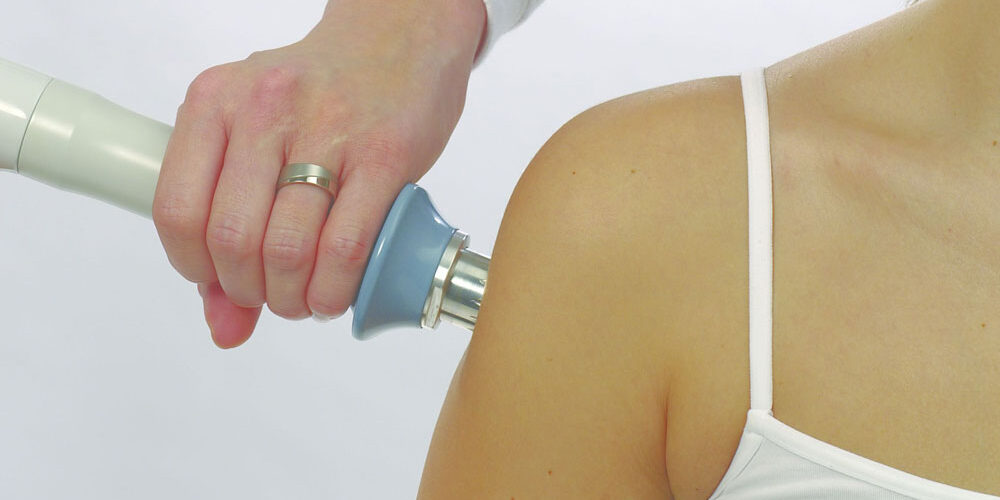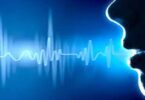Through the emission of high-energy and high-frequency ultrasound, various ailments that previously could only be treated surgically are currently resolved. See what it’s all about.
Shock waves are a widely used treatment in Physiotherapy that is based on the application of high-speed sound or acoustic waves applied to painful points and skeletal muscle tissues in subacute, subchronic or chronic conditions. They are used in medicine to treat a variety of musculoskeletal injuries, such as tendinopathies, plantar fasciitis, tendon calcifications, and non-union fractures. The shock waves stimulate the nociceptors so that they emit many nerve impulses.
Shock wave treatment is a non-invasive procedure, in which acoustic impulses are used precisely to stimulate the repair of damaged tissues with the aim of reducing pain, inflammation, improving blood flow, mobility and regeneration of the tissues.
There is no need to rest after shock wave treatment and patients generally leave the consultation with significant pain relief in the treatment area, easily resuming activities of daily living.
Shock waves are applied to the tissue throughout the painful area with slow rotating movements with the shock wave applicator. During treatment, it is always necessary to coordinate the pain point or points with the patient.
Shock waves in physiotherapy are used to treat musculoskeletal conditions such as:
- Tendonitis
- Carpal tunnel syndrome
- Chronic pain
- Plantar fasciitis
- Chronic joint dysfunction
- Low back pain
- Calcification and heel spurs, among other muscle and joint injuries.
Shock waves are acoustic waves. In the atmosphere, shock waves occur in explosive development processes such as detonations, lightning, or when an airplane crosses the sound barrier.
Shockwave therapy sessions cannot be administered more than once a week. This makes the therapy last a little longer.
The use of shock waves is contraindicated and is cause for exclusion of patients in the following cases: Tissues filled with air (lung, trachea and hollow cavities) cannot be treated. Tendons with pre-existing grade II or III ruptures cannot be treated. Pregnant women cannot be treated.
The application time of the shock waves does not exceed 10 or 15 minutes, the time necessary to perform a correct exploration and precisely locate the points to be treated; Furthermore, it is not painful, although it is somewhat annoying.
Benefits:
- High-energy sound waves disrupt pain receptors, reducing their sensitivity and providing immediate relief.
- Shock wave therapy stimulates the release of endorphins,
- The body’s natural pain relievers, further enhancing the analgesic effects.
- It has been successfully proven that the action of this technology is capable of eliminating bone calcifications. It also provides extraordinary help in recovering from injuries and fractures.
- Combats tendinitis by regenerating damaged tendons, while mitigating muscle and joint ailments thanks to its analgesic and anti-inflammatory effect.
- Very useful in the treatment of muscle contractures of traumatic, postural, hypotonic origin, lack of hydration or stress.
- Offers very good results in the regeneration of blood vessels and dissolution of clots, which helps combat varicose veins and other circulatory problems.
- Likewise, it is favorably applied to dissolve stones in the kidney, gallbladder, bladder and pancreas.
There are two types of shock waves:
- Cutaneous shock waves: used to treat skin lesions.
- Focal shock waves: used to treat various musculoskeletal and sports injuries.
Normally, shock waves do not have side effects, but occasionally they can cause pain at the point of application, paresthesia or hypoesthesia in the treated area, skin redness or small bruises, and vasovagal syndrome, which causes dizziness, nausea, and a drop in blood pressure.
Practical uses that you can give to magnets in your daily life:
- Keep the paper clips together.
- Keep a sliding door closed.
- Organize the aluminum foil and plastic film.
- Find a beam in the wall.
- Keep potato chip bags closed.
- Remove batteries.
- Secure the trash bag in a metal can.
FONT







